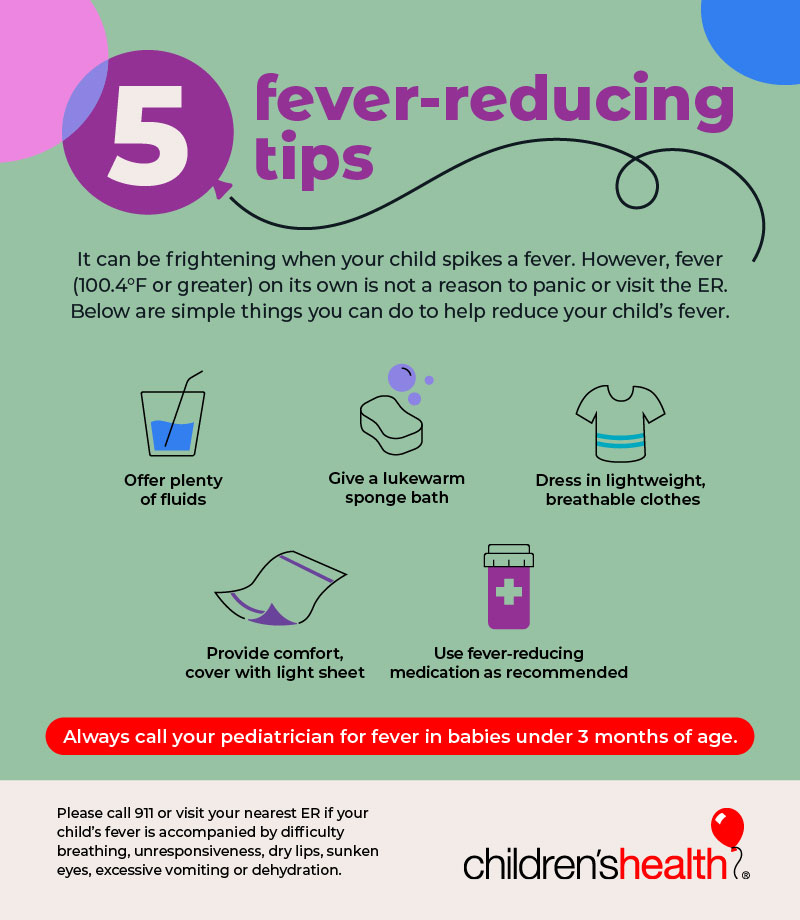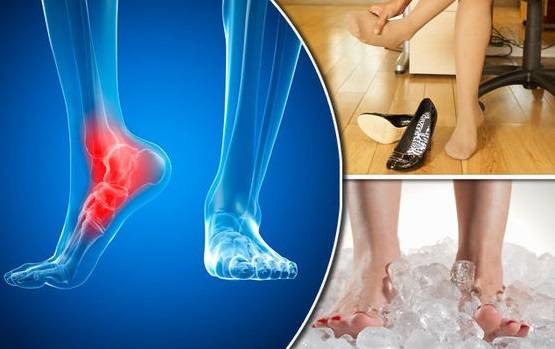To reduce foot pain, start by resting your feet and applying ice to reduce swelling. Wear well-fitted, supportive footwear and consider using orthotic inserts for added support.
Foot pain can be a significant hindrance to daily activities, affecting your mobility and overall quality of life. A common complaint for many, it can stem from a variety of causes, including overuse, improper footwear, or underlying medical conditions. Tackling foot pain effectively involves a combination of self-care measures and professional guidance.
By addressing foot pain with proactive steps, you can alleviate discomfort and prevent further injury. Engaging in gentle stretches and strengthening exercises tailored to your feet can also promote healing. With the right approach, lasting relief is achievable, enabling you to return to pain-free movement and enjoy your daily routines without discomfort.
Common Causes Behind Foot Pain
Many factors cause foot pain. It can come from how we walk or medical issues. Understanding these causes helps us target the pain. Let’s dive into the details.
Everyday Activities Impact
Day-to-day actions contribute to foot pain. The stress from walking, running, or standing can affect feet health. Shoes play a big role too. Tight or high-heeled shoes often lead to discomfort. Let’s break down the common daily activities that can impact your feet:
- Long periods of standing: Jobs requiring hours on your feet strain the muscles.
- Walking on hard surfaces: Concrete floors offer little cushion, causing fatigue.
- Poor footwear: Shoes without proper support lead to arch and heel pain.
- Overexertion: Too much activity without rest strains foot muscles.
Medical Conditions Affecting Feet
Feet pain often comes from certain medical conditions. Arthritis and diabetes are known to affect foot health.
| Condition | How It Affects Feet |
|---|---|
| Plantar Fasciitis | Inflammation of foot’s arch causing sharp pain. |
| Bunions | Bony bumps at the base of the big toe causing pressure. |
| Arthritis | Joint inflammation leading to pain and stiffness. |
| Diabetes | Nerve damage leading to pain and sensitivity. |
Diseases that affect blood flow also lead to foot issues. Some conditions develop over time like bunions or hammertoes. Early detection and treatment are essential. Visit a doctor if pain persists or impacts daily life.

Credit: www.healthline.com
Initial Remedies At Home
Foot pain can slow anyone down. Finding relief at home is often the key to getting back on your feet. These initial home remedies are easy to do, and they can bring quick comfort to sore feet.
Rest And Ice: The First Line Of Defense
Resting your feet takes pressure off them. This can help reduce swelling and pain. Using ice can also calm inflamed areas. Follow this simple method:
- Elevate your feet above heart level.
- Apply an ice pack for 15-20 minutes.
- Repeat every few hours as needed.
Over-the-counter Medication Options
Some medications can help. Look for these at your local store:
| Medicine Type | How It Helps |
|---|---|
| NSAIDs (like Ibuprofen) | Reduce inflammation and pain |
| Acetaminophen | Eases pain but doesn’t reduce inflammation |
Always follow the dosage instructions on the label. Talk to a doctor before starting any medication.
Footwear Choices For Pain Prevention
Foot pain can turn everyday activities into daunting tasks. The right type of footwear can help prevent this discomfort. Shoes that fit well and support the feet can alleviate pain. So, what makes shoe selection so crucial for pain prevention? Let’s explore how to pick the right footwear and why insoles or orthotics may be beneficial.
Selecting The Right Shoe
Finding shoes that fit perfectly is key to reducing foot pain. Here’s a simple guide:
- Measure your feet regularly, as their size can change over time.
- Try on shoes later in the day when feet may be swollen.
- Walk around in the shoes to ensure they’re comfortable.
- Look for low heels and a supportive arch.
- Avoid tight shoes that pinch or restrict movement.
Choose shoes designed for your activity to prevent pain and injuries.
Importance Of Insoles And Orthotics
Extra support can reduce foot pain. Insoles and orthotics provide this support. They can:
- Provide cushioning to reduce impact on joints.
- Improve foot alignment.
- Help distribute weight evenly.
- Reduce stress on pressure points in the foot.
Custom orthotics may be ideal for those with specific foot issues. Visit a foot specialist to learn more about custom options.

Credit: www.childrens.com
Stretches And Exercises For Relief
Foot pain can turn everyday activities into a grueling ordeal. Relief might just be a stretch or exercise away. This simple guide outlines five steps you can take to help alleviate your discomfort. Foot pain remedy starts with stretches and exercises that target crucial areas. These steps aim to improve mobility and strengthen muscles, offering pain relief. Let’s explore some effective ways to reduce your foot pain.
Simple Toe And Ankle Stretches
Toe Point and Curl: Begin by sitting comfortably. Extend your legs. Point your toes away from your body. Hold for five seconds. Now, curl your toes inward. Hold again. Repeat ten times.
Ankle Circles: Lift one foot. Rotate your ankle slowly. Make ten circles inwards. Switch directions. Repeat with your other foot. Perform twice a day.
Strengthening Exercises For Arch Support
Building strong arches is essential for foot health. The following exercises can help:
- Heel Raises: Stand with your feet apart. Slowly raise onto your tiptoes. Lower back down. Begin with one set of ten reps. Increase as you get stronger.
- Toe Taps: Your toes have tiny muscles around them. Strengthen these to support your arch. Sit with feet flat. Lift your toe base while pressing your tips down. Repeat twenty times.
Consistency is key for relief and recovery. Practice these exercises daily. Prioritize proper form over speed. You may notice improvement in flexibility and strength over time. Less foot pain can result from these simple exercises. Combine with proper footwear for even better results.
When To Seek Professional Help
Dealing with foot pain can be frustrating and disabling. While home remedies and over-the-counter treatments often provide relief, certain situations require professional medical attention. Understanding when to consult a healthcare expert is crucial for your well-being and to prevent further complications.
Signs And Symptoms Not To Ignore
- Persistent pain despite rest and home remedies.
- Swelling that doesn’t improve or worsens over time.
- Changes in foot color, such as persistent redness or darkening.
- Signs of infection, including heat, fever, or leaking fluid.
- Numbness, tingling, or reduced sensation in your feet.
- Difficulty performing everyday activities due to foot discomfort.
What To Expect From A Podiatrist Visit
Booking an appointment with a podiatrist is a proactive step towards better foot health. Here’s what to anticipate:
- A thorough examination of your feet.
- Diagnostic tests, if required, such as X-rays or MRIs.
- Discussion about your daily activities and footwear.
- A custom treatment plan, ranging from medication to therapy.
- Potential recommendations for orthotics or special footwear.

Credit: www.beltsvillefootcare.com
Frequently Asked Questions Of How To Reduce Foot Pain In 5 Steps
What Causes Common Foot Pain Issues?
Foot pain often results from improper footwear, overuse injuries, standing for long periods, or medical conditions like arthritis and diabetes.
Can Exercises Alleviate Foot Pain?
Yes, targeted foot and ankle exercises can strengthen muscles, improve flexibility, and reduce pain.
What Are Quick Remedies For Sore Feet?
Soaking in warm water with Epsom salts, gentle stretching, and massage can provide immediate foot pain relief.
Is Icing Effective For Foot Pain Treatment?
Applying ice to the affected area can reduce inflammation and alleviate foot pain, especially after injury or strain.
Conclusion
Easing foot pain can transform your daily life, making each step comfortable. The five steps outlined bring relief right to your soles. Regular practice could lead to lasting benefits. Embrace these easy changes; let your feet carry you pain-free into a more active lifestyle.
Take that first painless step today!
